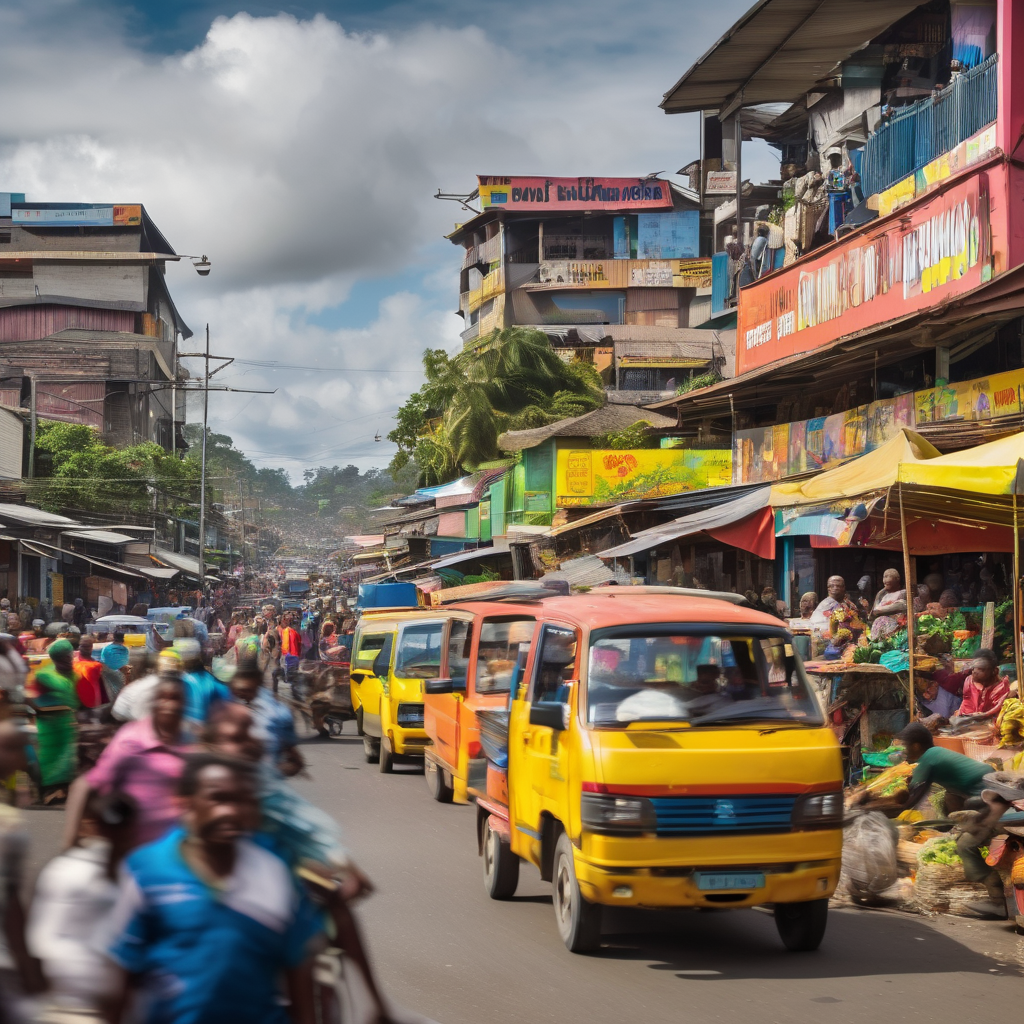Papua New Guinea’s population has reached 10.1 million, according to the latest national census shared by Prime Minister James Marape. This figure, reported by the National Statistical Office, indicates a growth from just three million residents in 1975, depicting the transformative demographic changes in the nation.
As of June 16, the population stands at 10,185,363, with nearly 4.3 million individuals under the age of 18. Marape emphasized the vigor of the youth demographic, indicating that this significant proportion of the population represents both an asset and a challenge, necessitating increased investments in education, job creation, and infrastructure development.
Despite this rapid population growth, Marape noted a concerning trend: the economic growth rate has not kept pace, averaging below three percent annually. He warned that an economy lagging behind population growth poses sustainability challenges, stressing the need for a strategic response to ensure the well-being of the citizens.
In light of these statistics, the Prime Minister called for government service delivery to be informed by real-time data, urging policymakers to harness accurate population counts for effective budgeting and resource allocation. Marape asserted that addressing the issues linked to population growth is essential for ensuring that resources are not overly strained.
This situation resonates with previous discussions about Papua New Guinea’s economic management, particularly its resource-rich status and the equitable distribution of wealth. While the nation is rich in minerals and other resources, there remain questions regarding whether such wealth translates into improved living conditions for the average citizen. As the government navigates these complexities, focusing on strategic investments in essential services will be crucial for fostering a stable and prosperous future for all Papua New Guineans.
